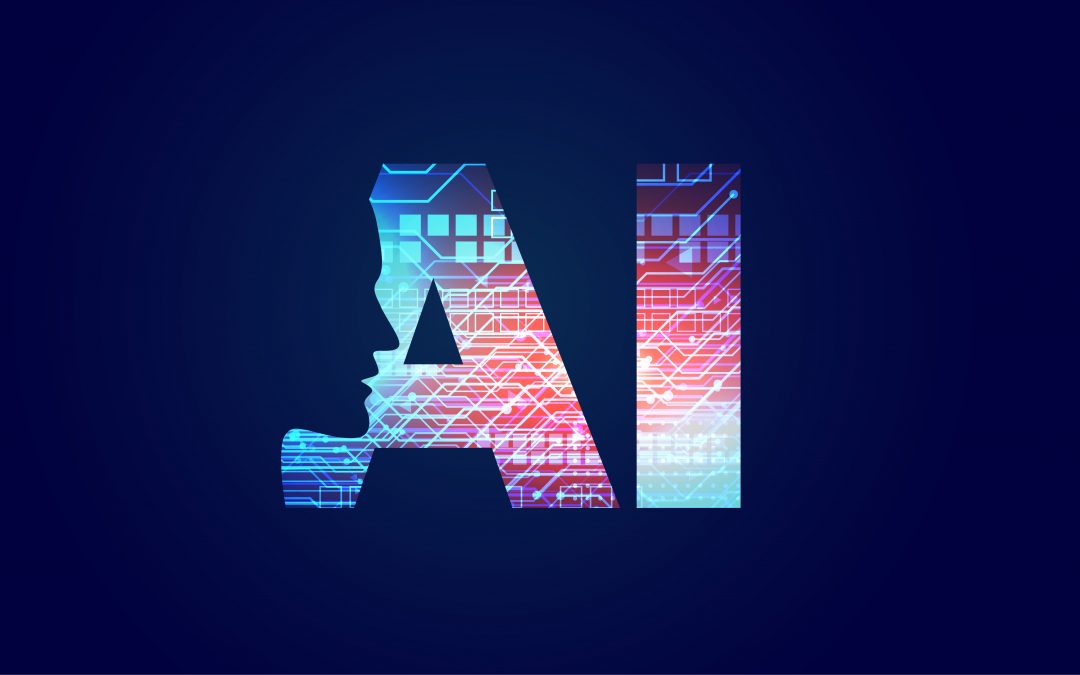Senior Executive-Digital Marketing |
The term that has taken the world by storm now is ‘Artificial Intelligence’. Simply referring to the use of computer systems to execute some tasks that require human intelligence is not a new concept and has been around for quite a long time. However, at present time AI is in the groove revolutionizing a wide array of industries like healthcare, manufacturing, aerospace and law, unfolding a future where there would be significant effects of AI on how we live, work and play.
The evolution of AI is also backed by several factors. Capability of computers to process and execute some complex tasks at a speed that was earlier unimaginable and that too with a great accuracy and lower cost, robust advancement in the field of cloud computing and the cost-effective outsourcing of data storage have tipped the scale in favour of organizations who want to have AI-powered framework in their working structure. Mobility has added another advantage by enabling workers to access applications from remote locations. Delving deeper into the insights of how human brain functions and simulating those brain like elements in computers are constantly eradicating the thin line between human brain and computers, giving birth to some game-changing innovation like voice recognition, natural language learning and machine learning etc.
Robust growth of AI-based application is expected to be seen in the upcoming years and undoubtedly, its commercial application would rise. Based on its use and applications, AI can be categorized into three different verticals.

AI applications embedded in a product or service to offer better user experience and benefits. The use of AI in cars as a smart in-vehicle system to increase driver and passenger safety is an example of a product application.

When AI is embedded in the workflow of an organization it is called process-based applications. It can be done either to multiply the efficiency of the workforce or to automate some manual process that could save time and money of the organization. In recent years, we have seen many organisations adopting Artificial intelligence based processes like automated voice response systems to offer first-tier customer service. Going a step ahead, some companies have also started employing AI in the planning and execution of activities by the employees.

Deploying insights AI applications to augment operational and strategic efficiency of an organization would drive more sales and revenue. Insights AI applications can draw better consumer insights for businesses with advanced analytical capabilities like machine learning. These insights can come useful across strategic decision making. For example, some top fortune 100 companies are employing a predictive algorithm to segment customers based on their buying behaviour and tailor more accurate messaging that could probably lead to an increase in sells.

The scope of Artificial intelligence or machine learning is not just limited to these few examples and it’s expanding day by day. The need of the hour is to think about how propelling AI into the business mainstream can drive efficiency, productivity and growth in revenue. For this to happen, organizations need to analyse their business process and the market model which would help them discover how AI technology can be implemented to improve functionality.

 +91 6364883355
+91 6364883355
